Though photography is a relatively new form of creativity for me (I purchased my first SLR in 2002, but I only began to fully cultivate the art form around 2006), it has become a rather serious form of artistic expression. Beside earning a degree in filmmaking and photography, I have expressed the chosen art form on many levels. From portraiture, weddings, events and marketing, to street, landscape, art and education, my lens has had the opportunity to capture and express some of the most remarkable subjects and moments in time.
Photography, to me, is a polarized art form. It can be extremely fulfilling, yet it can be tremendously challenging both creatively and emotionally. My time behind the lens has changed the way I see the world. Everywhere I look I see an image that is there to be captured. My eyes behold the world in grayscale, composition, and fleeting moments in time that are reduced to a mere 1/250 of a second. Hence, the evident challenges that photography poses on my eyes. I want to capture all of it. I want to express and share what I see, but it is simply too complex to do; so I suffer the inherent frustrations, thereof. The images I cannot capture with my lens are imprisoned in my own mind; and with time, they are destined to fade away into nothingness. Oh, such agony!
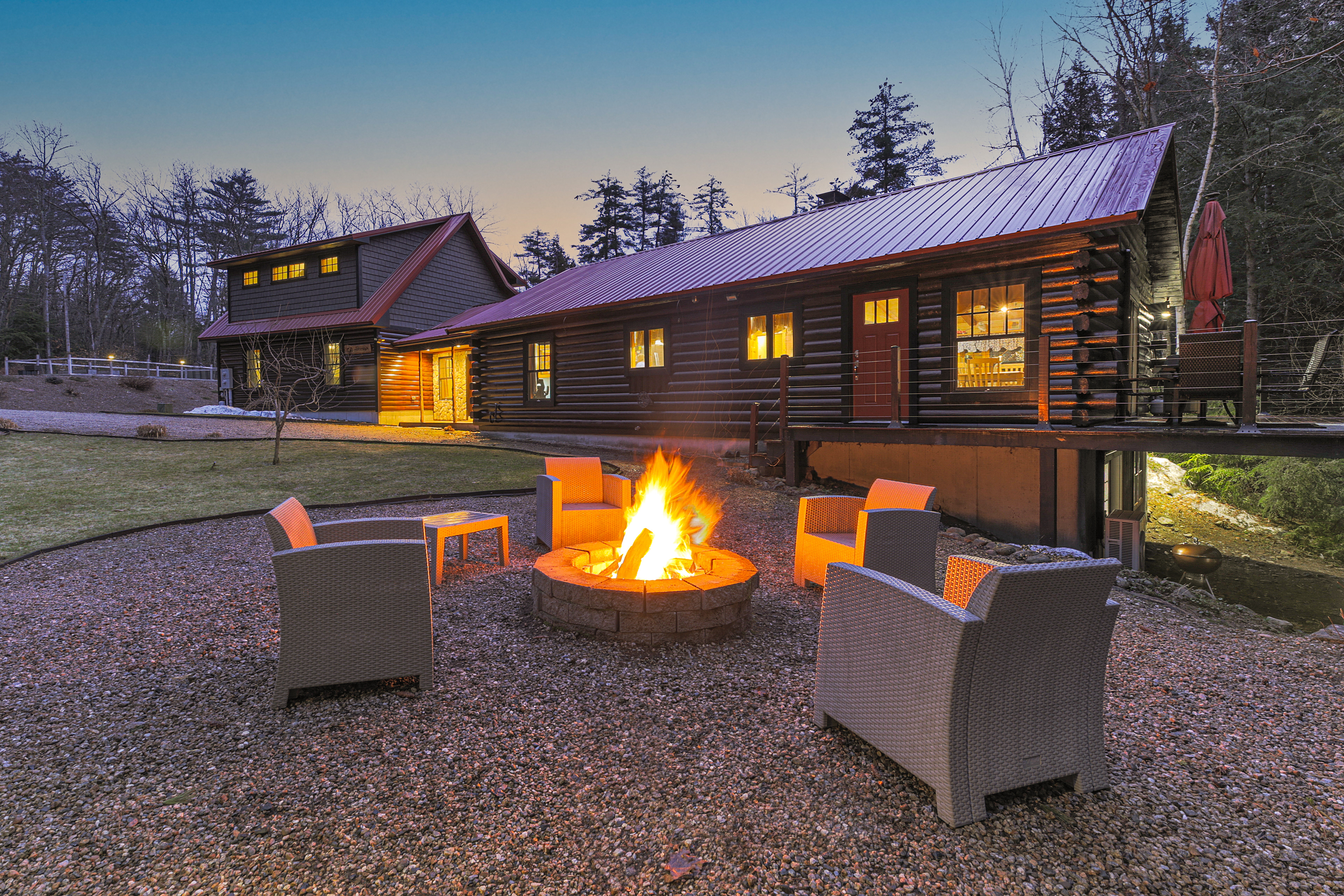



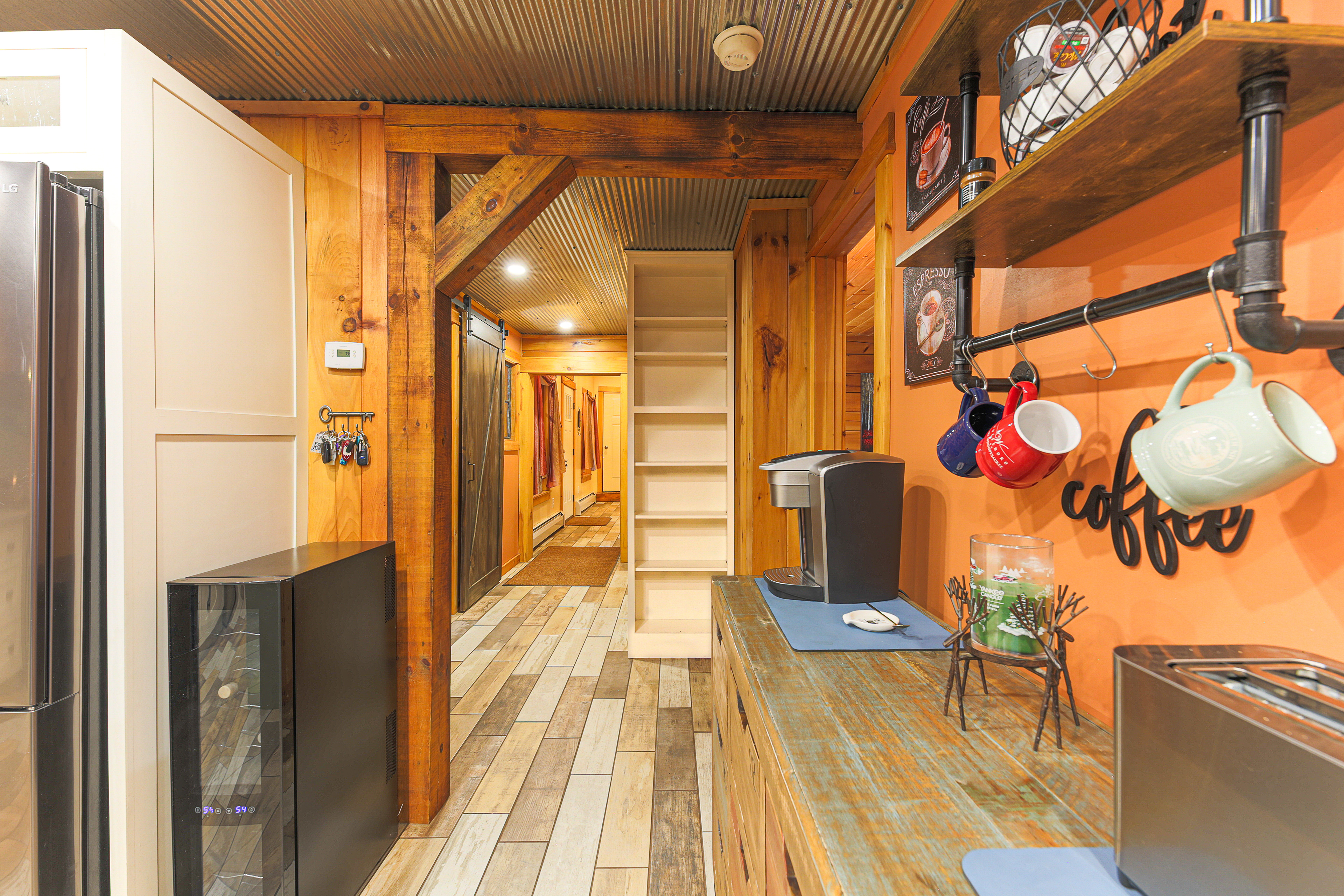

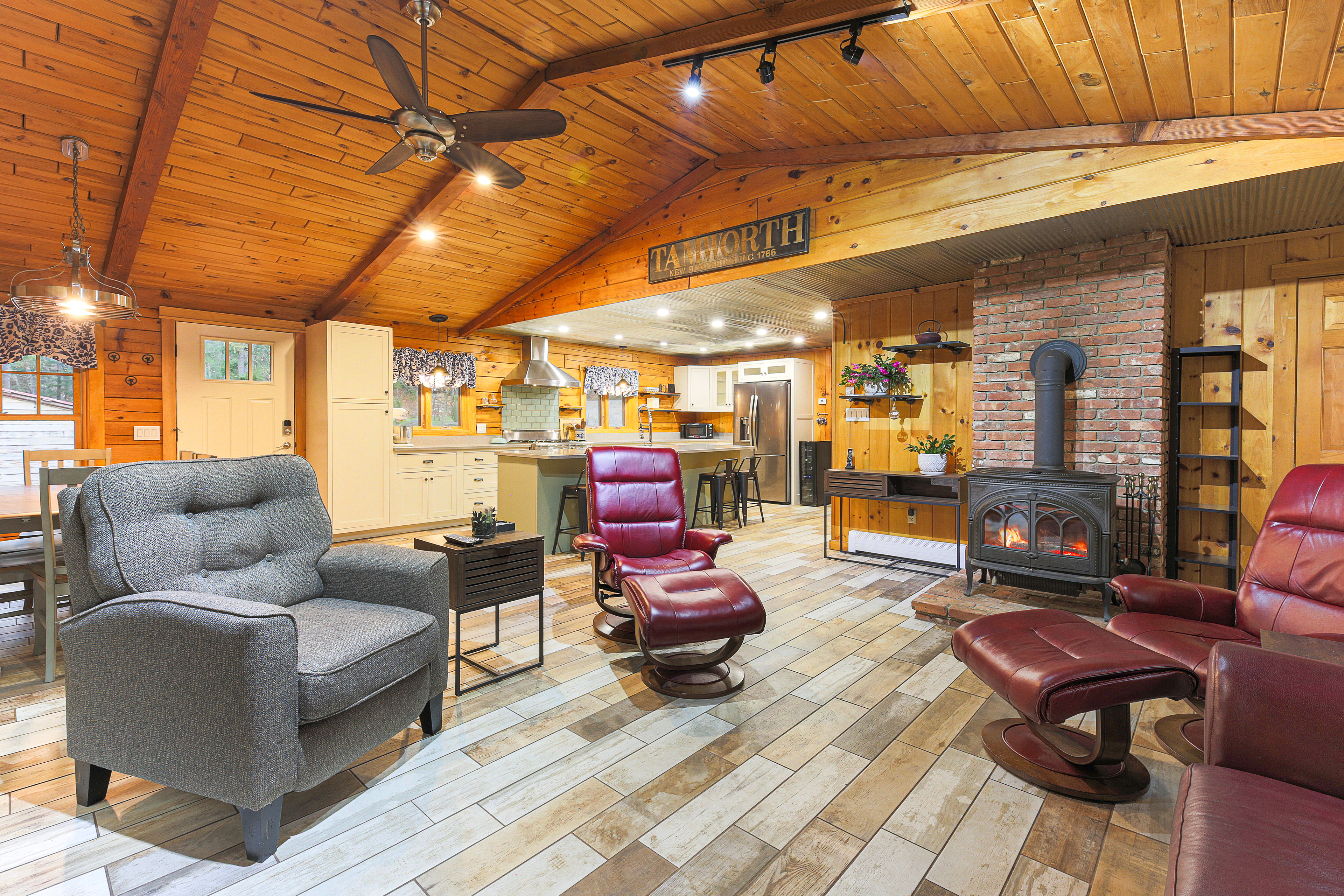

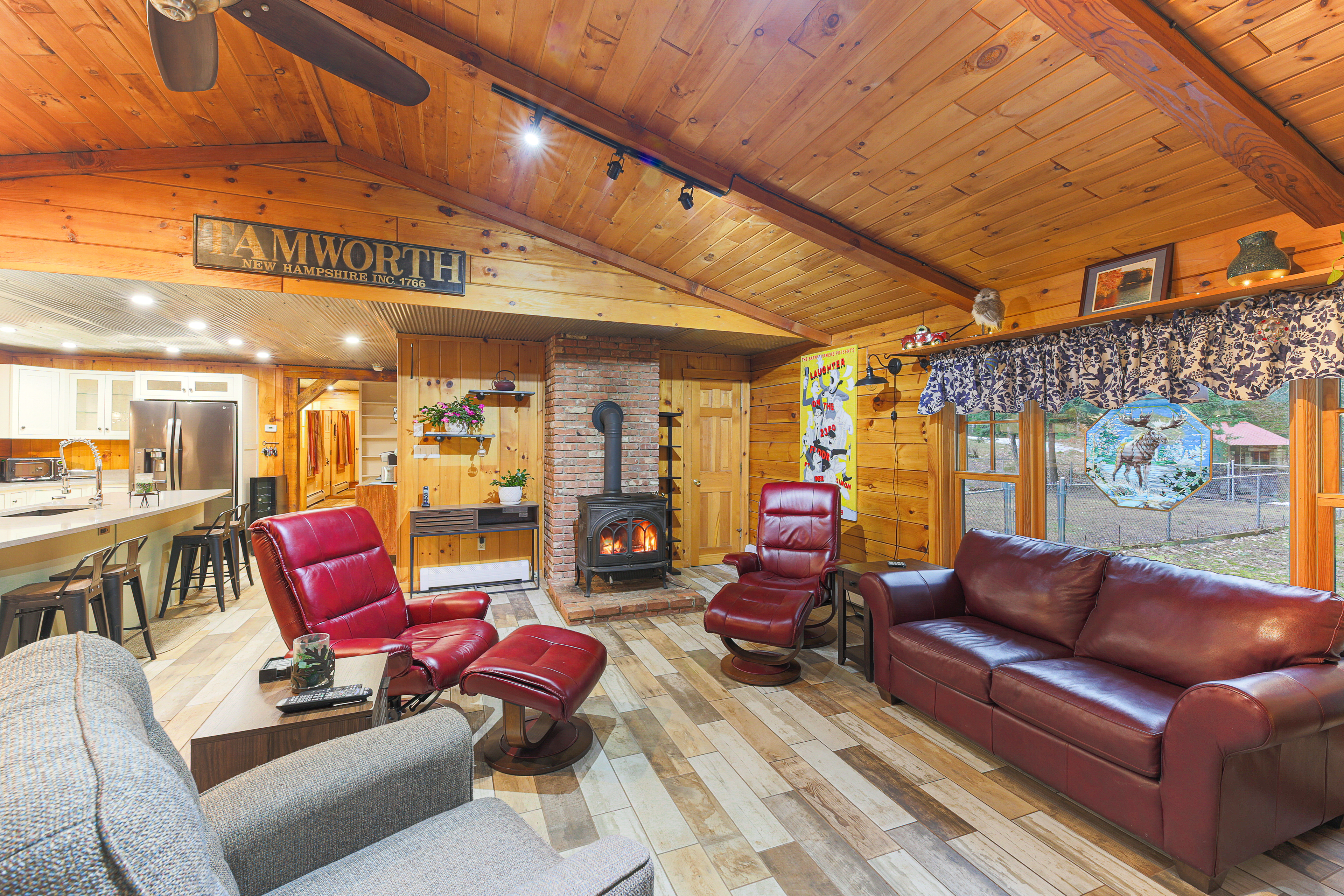
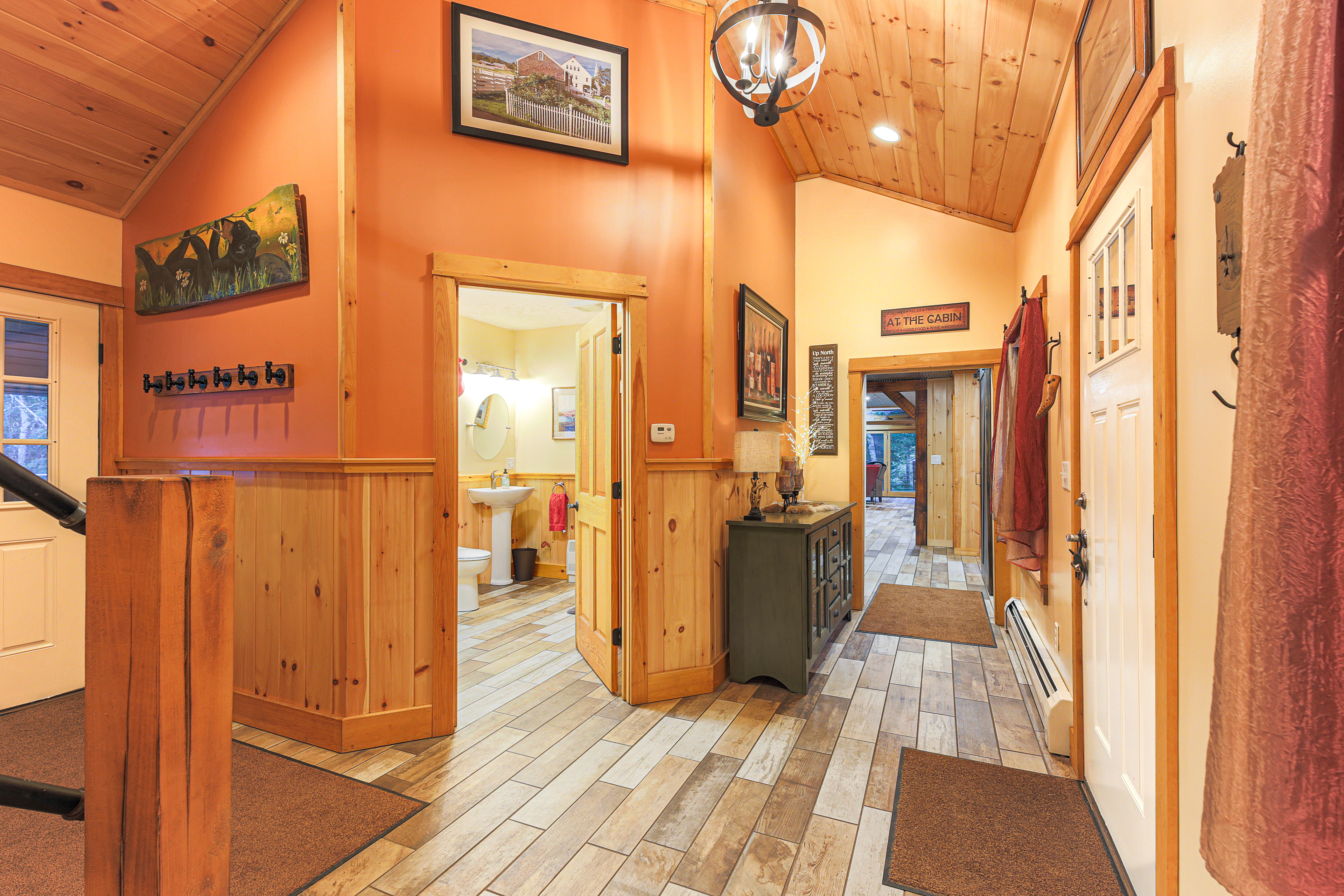
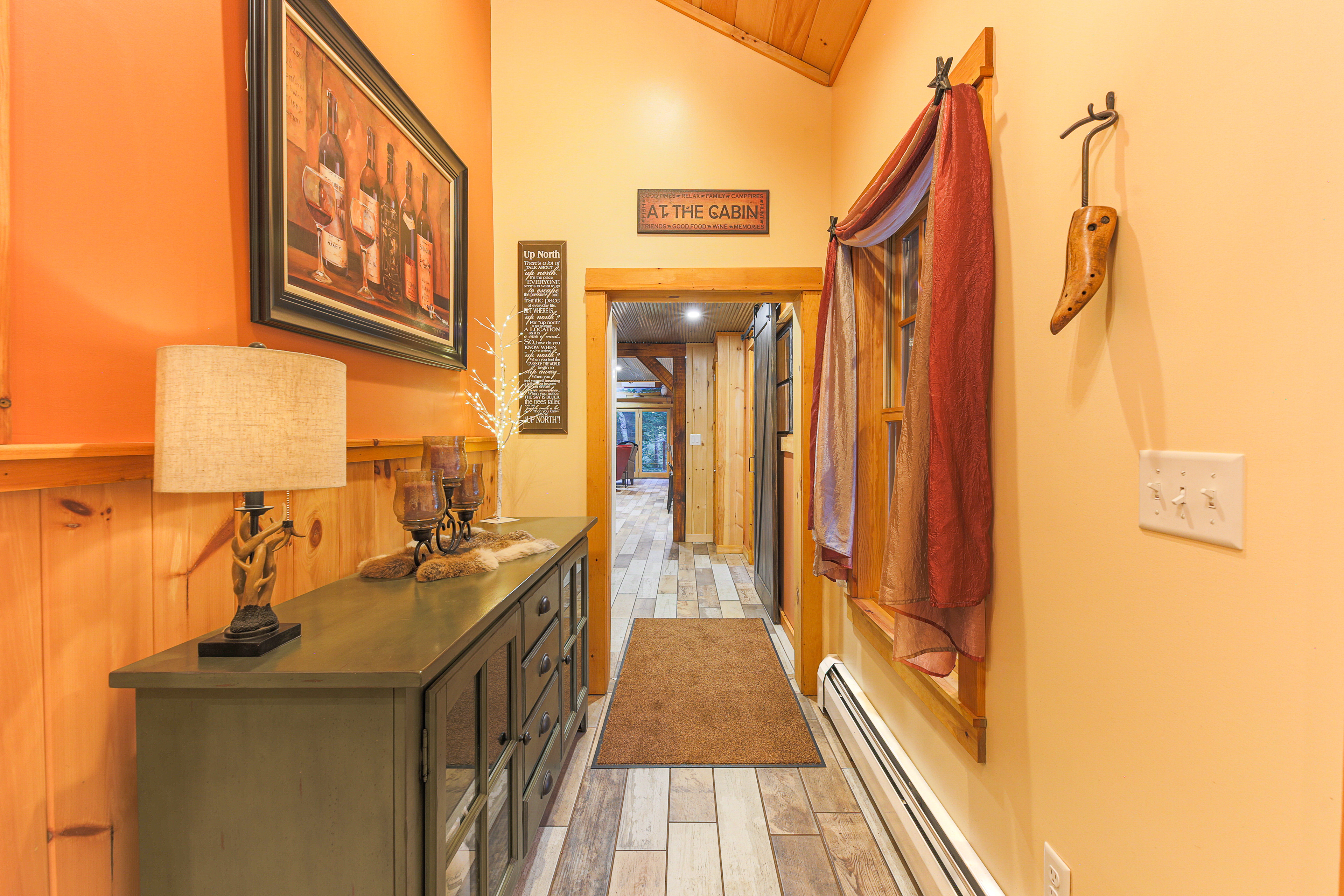



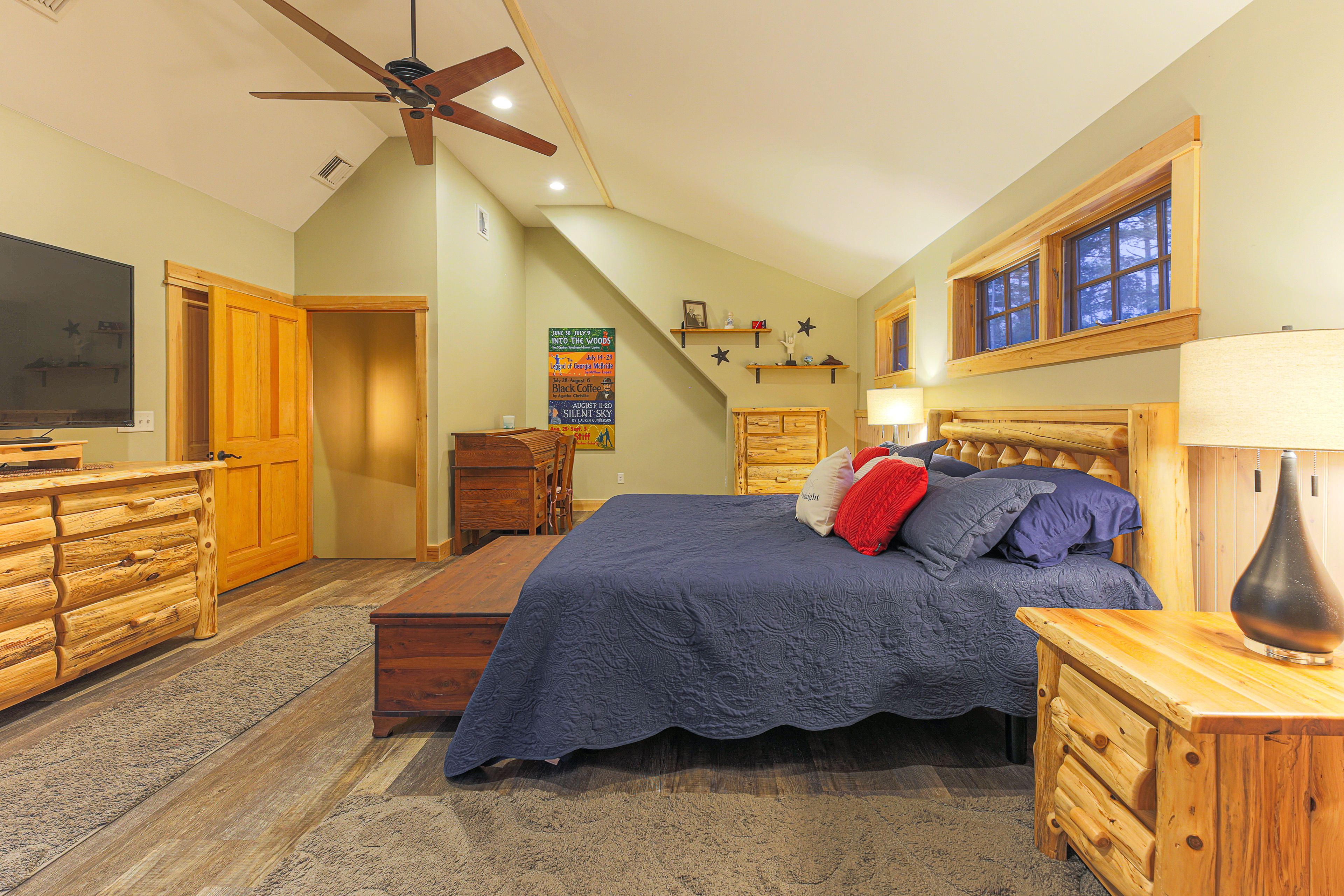
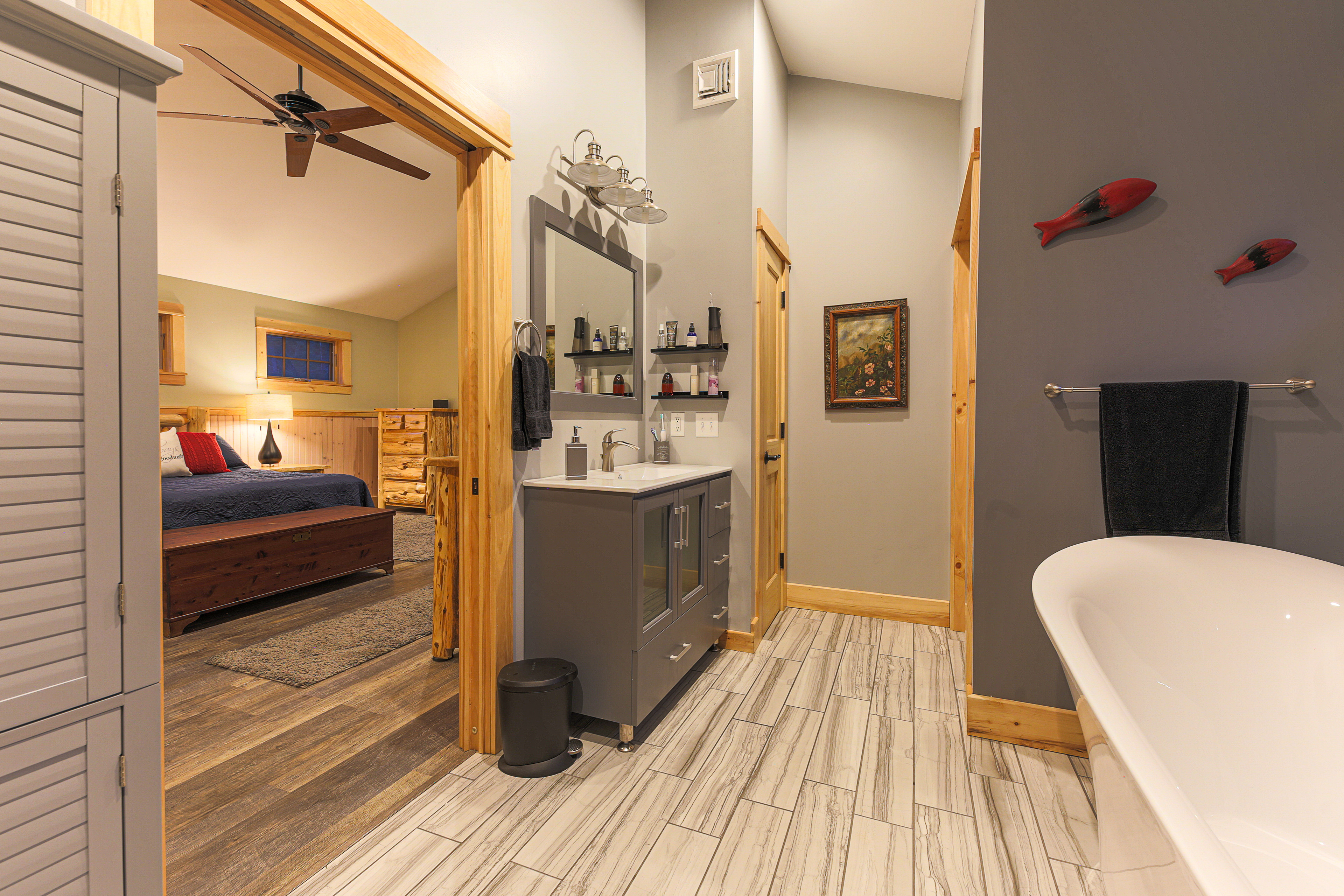



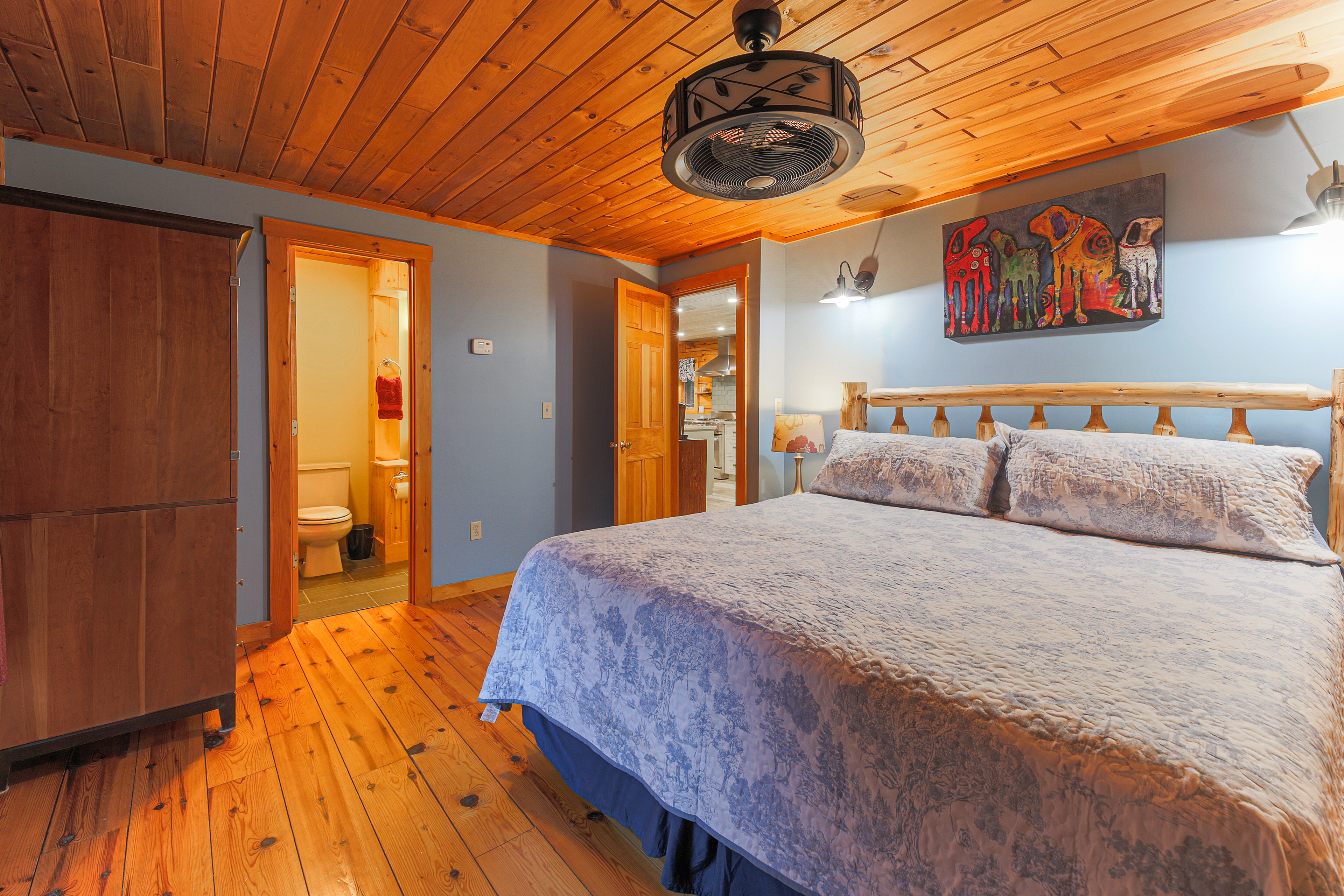


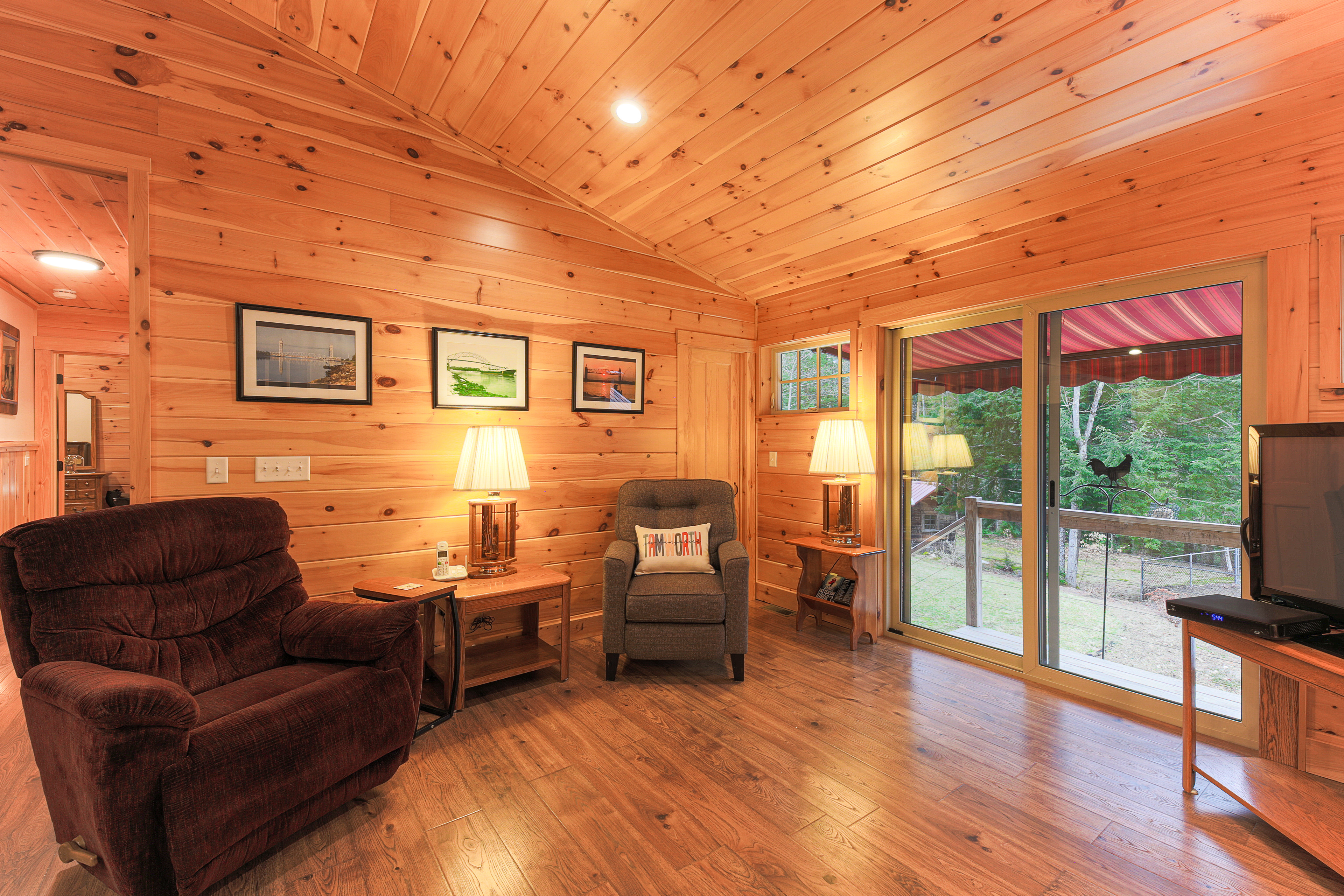
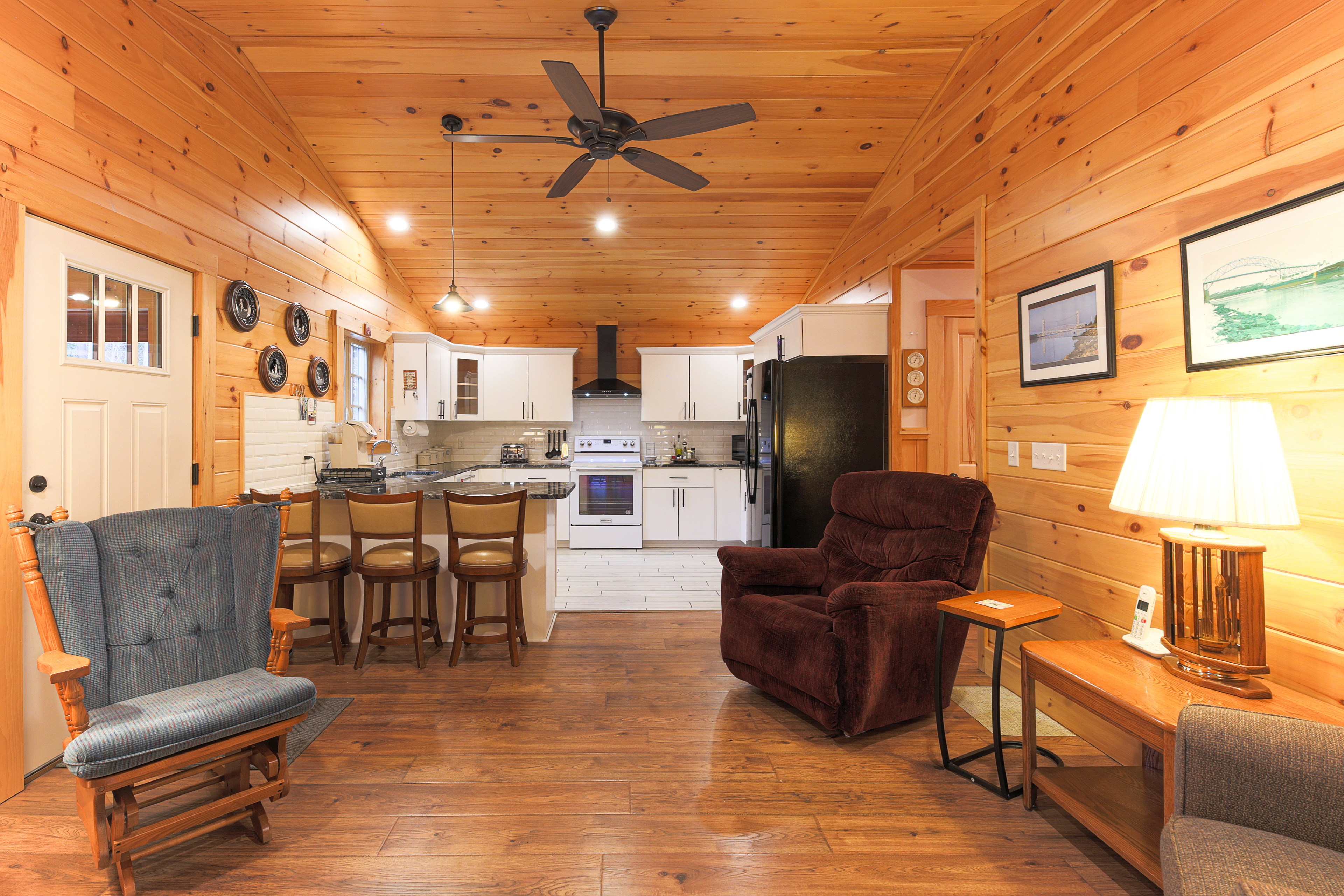








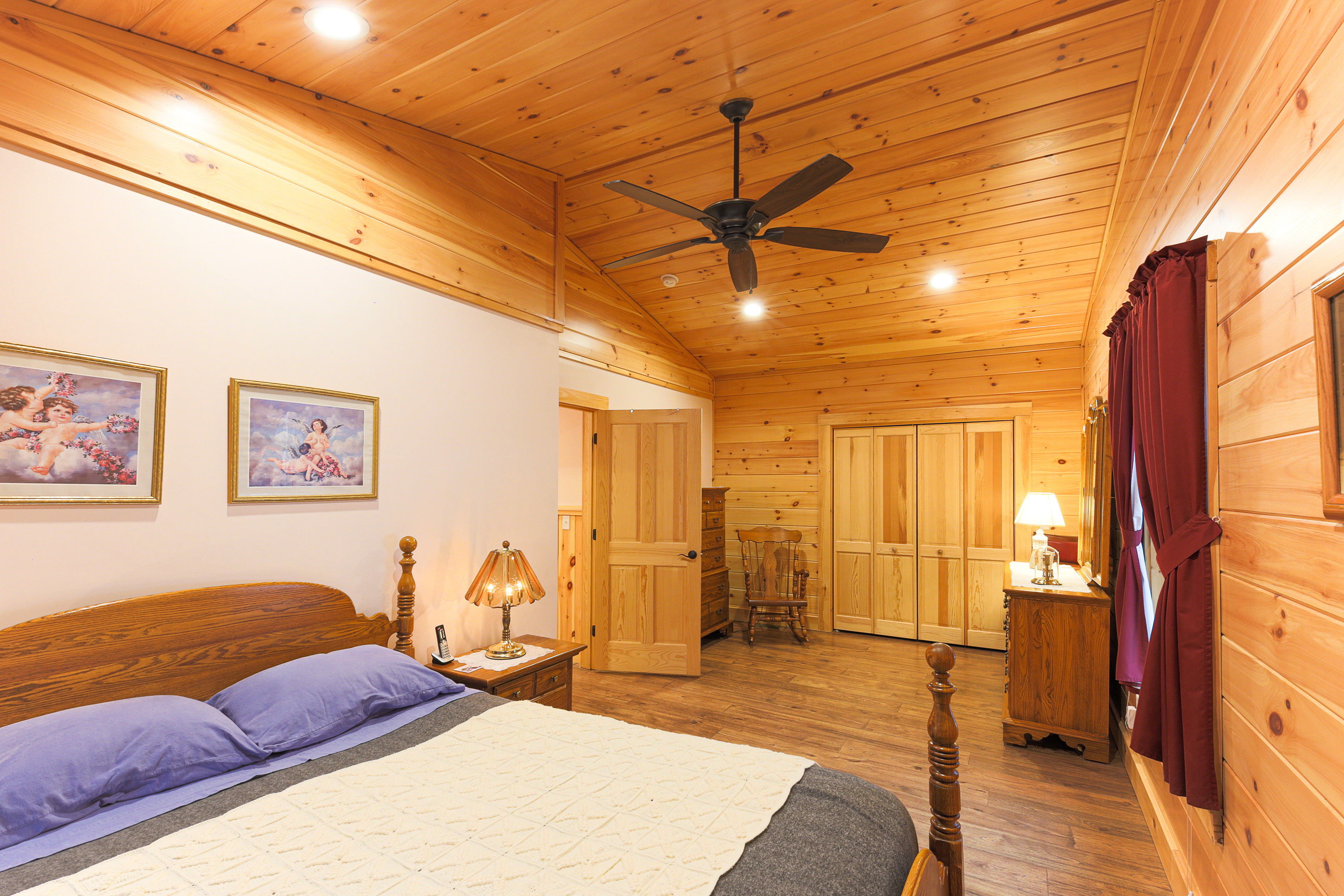
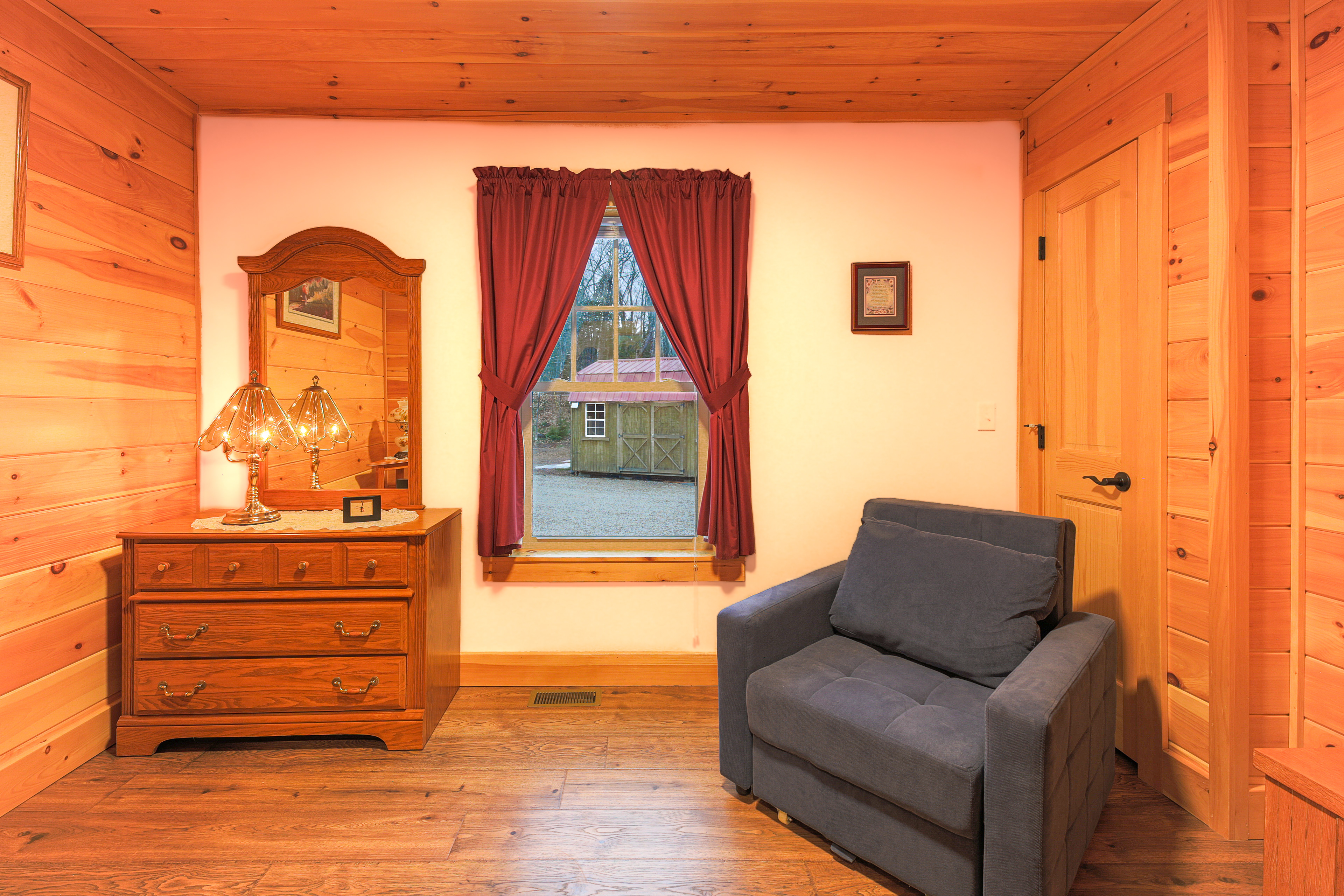
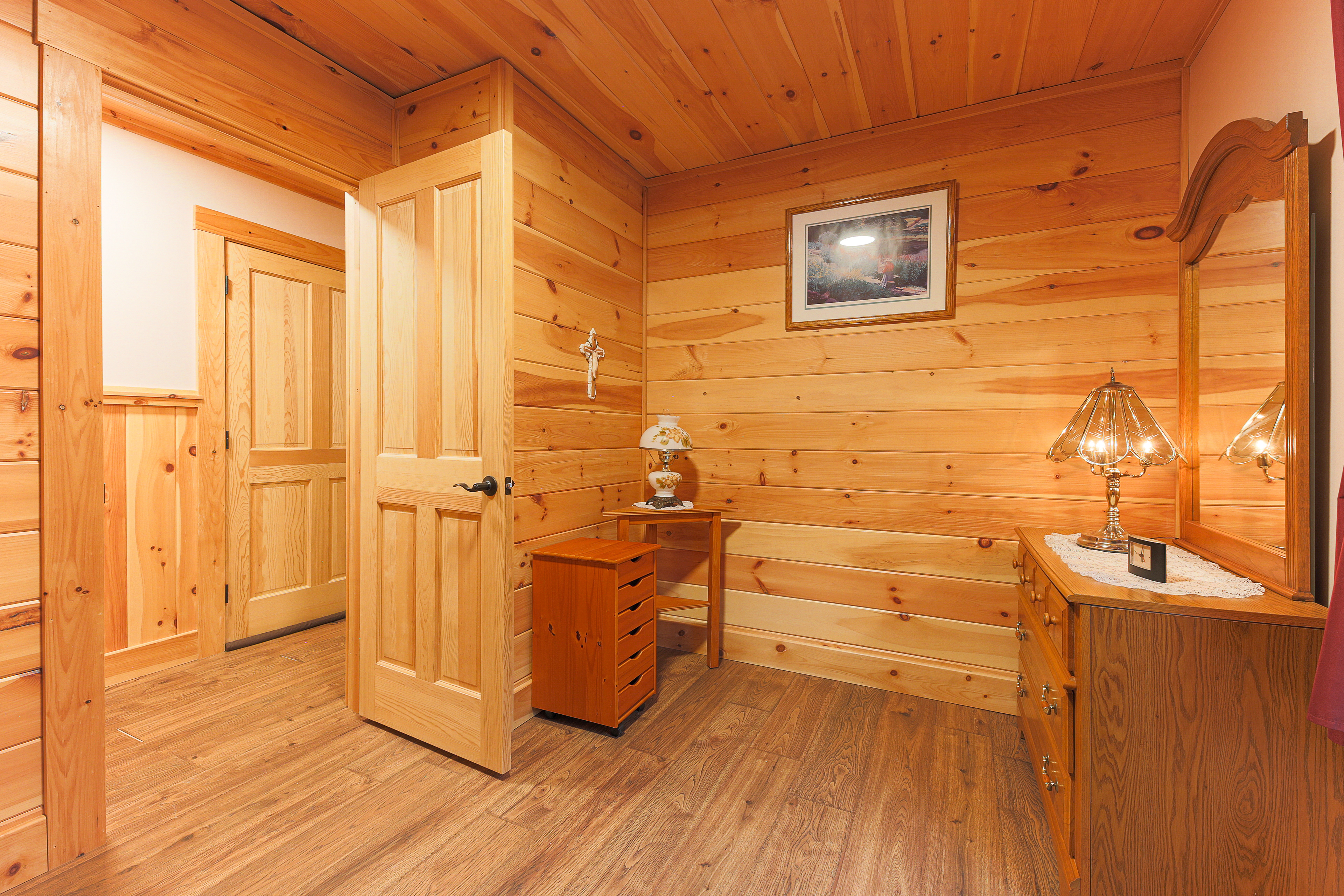
At the moment, in my photographic journey, I have chosen to take on the challenge of architectural and real estate photography. Art photography, in contrast, presents unlimited means of expression, which leaves interpretation to both the photographer and the viewer. It is purely subjective. As opposed to the freedom of expression art photography avails, I believe boundaries and rules force one to work harder to achieve desired results. Growth is induced by means of problem solving and the systematic use of scientific methodologies. Architectural and real estate photography are more constrained by boundaries and sets of rules. Lines, juxtaposition, and lighting are primary elements in architectural and real estate photography. Clients and viewers have expectations that must be met. Again, rules! In addition, post developing presents its own challenges that require a sound knowledge of one's chosen media platform. Thus, the resultant advancement of one's skillset is further advanced through research and disciplined practice.

